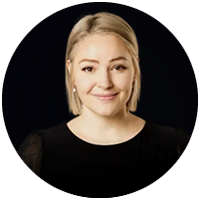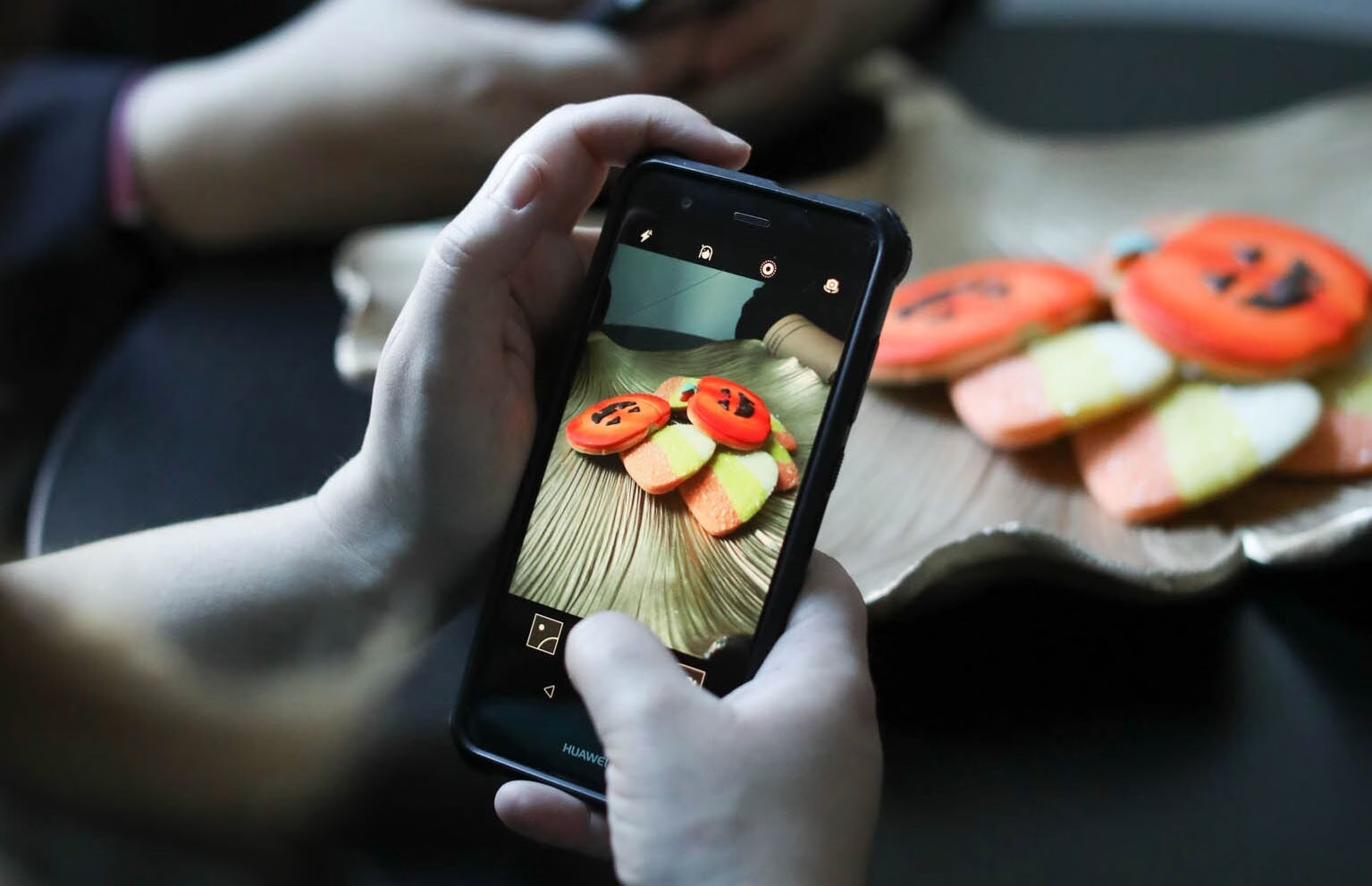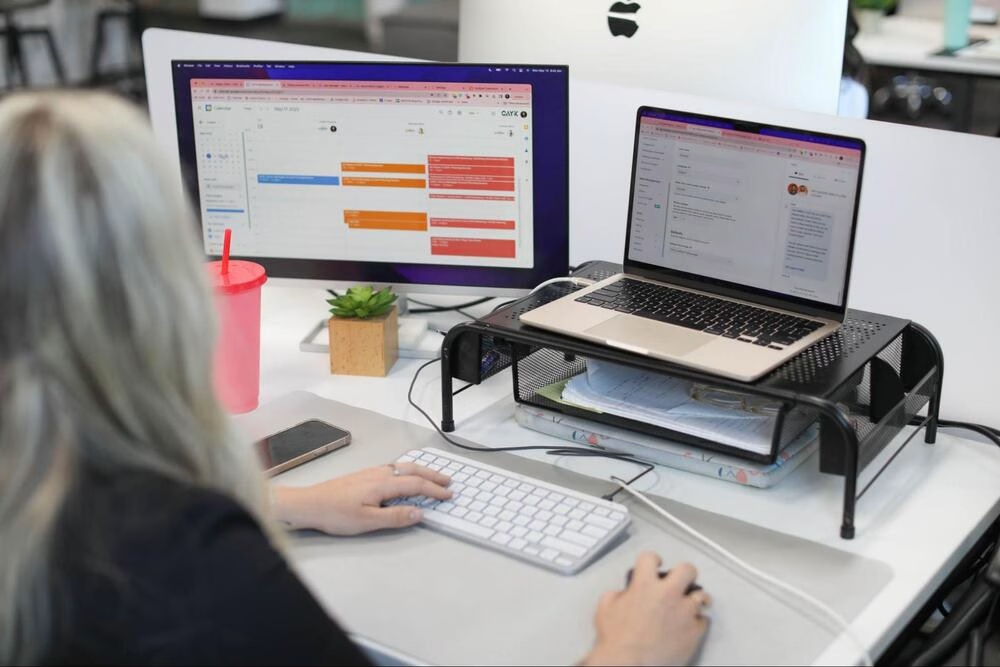Summer is not a time for passive marketing. Businesses serious about capturing seasonal demand must deploy targeted, high-conversion social media campaigns that are engineered for results. If your summer campaign strategy consists of posting a few bright images and hoping for engagement, you will lose to competitors who show up with real planning, real targeting, and real strategy.
If you want to drive revenue, and not just likes, your summer social campaign must be built around data-driven targeting, precision timing, and content that aligns directly with your buyers’ seasonal behaviour. Here is how brands with growth on their mind are preparing to dominate summer 2025.
Developing Engaging Content That Aligns with Your Target Audience
Successful summer campaigns do not start with design tools. They start with audience research. Businesses must understand what their target buyers want during summer months, how their priorities shift, and how seasonal lifestyle changes impact buying decisions.
Summer content must connect directly to seasonal aspirations. People are planning vacations, upgrading patios, attending events, and refreshing wardrobes. Your content must reflect these behaviours without losing focus on your brand’s core value proposition.
Promotional content must balance urgency and authenticity. Consumers are bombarded with summer sales every hour—only brands that create high-trust, high-relevance content will stand out.
High-converting summer content focuses on:
- Limited-time offers that emphasize scarcity and seasonal relevance.
- Visuals and messaging that evoke summer experiences your audience aspires to.
- Solutions to common summer pain points like travel needs, event planning, or home upgrades.
Seasonal content without strategic audience alignment is just noise. Strategic content, delivered with precision, is what converts browsers into buyers.
Best Practices for Running Social Media Ads on Instagram, Facebook, and TikTok
Organic reach is not enough to drive serious sales during the high-competition summer season. Paid social advertising must be a central pillar of your campaign strategy. However, throwing money at boosted posts will not deliver ROI. You must deploy platform-specific strategies with surgical accuracy.
Instagram: Visual Storytelling That Moves Quickly
On Instagram, users move fast. You have less than three seconds to earn attention. High-performing brands leverage short Reels, dynamic carousels, and Stories with clear swipe-up CTAs. Visual branding must be unmistakable. Soft branding and generic imagery get ignored.
Summer Instagram ads should feature vibrant visuals tied to specific promotions. User-generated content and behind-the-scenes event footage outperform polished, staged posts. Authenticity combined with urgency moves the needle.
Facebook: Audience Segmentation and Retargeting at Scale
Facebook remains a powerhouse for segmentation. Build audiences based on summer behaviours, geographical relevance, and previous engagement history. Retarget warm leads aggressively. People who engage with spring campaigns or early summer content are primed to convert with the right offer.
Split ad sets by interest categories tied to summer activities. Someone interested in outdoor recreation needs a different message than someone planning a backyard renovation.
TikTok: Speed, Authenticity, and Native Engagement
TikTok content must feel native, not promotional. Ads that resemble organic trends with challenges, storytelling, and humour win. Tap into trending hashtags strategically, but ensure content remains on-brand. For summer, that might mean participating in outdoor adventure challenges or sharing quick travel hacks tied to your product or service.
Above all, TikTok ads need to get to the point within the first second. Hook viewers immediately or lose them permanently.
Ad creative must be built specifically for each platform. Repurposing the same ad across channels is lazy marketing (and lazy marketing loses money!).
Timing, Budgeting, and Using Seasonal Trends to Boost Sales
The best summer campaigns are mapped months in advance. Last-minute promotions designed in June for a July launch will always underperform. Timing must match audience behaviour patterns, not internal convenience.
Early summer, especially May and June, is prime for building momentum. By late July and August, attention shifts toward back-to-school shopping and end-of-season clearances. Campaigns must be designed to peak before attention shifts.
The budget allocation must reflect the increased competition for ad inventory during summer. Higher CPCs are inevitable. Brands that plan for this surge and optimize their creative accordingly will outcompete brands trying to maintain spring-level bids.
One strategic bulletproof practice:
- Increase budgets during high-intent weekends, especially around public holidays, while scaling back slightly during midweek lulls.
Seasonal trends must be understood beyond hashtags. Look at retail calendar events, travel peaks, and regional weather patterns. A clothing retailer in Toronto, for example, must approach summer differently than a resort in Kelowna.
How to Turn Summer Trends into Competitive Advantage
Smart brands do not chase every summer trend. They select trends that align with brand positioning and audience intent.
Example:
If “adventure travel” spikes in July, an outdoor equipment brand should not just post photos of mountains. It should run a targeted campaign offering limited-edition gear bundles with same-week shipping.
If “summer skincare” dominates Instagram searches in early June, beauty brands should launch influencer campaigns focused on real results, not staged product shots.
Trends provide clues to consumer intent. Capitalizing on those clues with tailored offers, personalized messaging, and laser-focused targeting converts seasonal attention into sustainable revenue.
Waiting for trends to fully peak before reacting is a losing strategy. Early movers who spot and act on micro-trends first earn the bulk of sales volume while latecomers fight for scraps.
Building a Full-Funnel Summer Campaign Strategy
Summer marketing must move beyond awareness. Successful brands design full-funnel campaigns from day one.
Top-of-funnel: Use engaging video ads and interactive content to capture attention and drive brand recall early.
Mid-funnel: Deploy retargeting ads featuring testimonials, limited-time offers, and social proof to re-engage prospects.
Bottom-of-funnel: Use direct-response ad creative built for urgency—“Sale Ends Sunday,” “Only 5 Spots Left” combined with frictionless landing pages that load in under two seconds.
Brands that nurture their audiences through the funnel with precision timing, audience-specific creative, and no wasted clicks will drive conversions even as competition spikes.
Dominate Summer Sales with Strategic Execution
The summer season is a battlefield for market share. Brands that hope social media engagement will magically turn into revenue will watch faster, smarter competitors capture their audience’s wallets.
Driving summer sales requires clarity on your audience, precision in targeting, ruthlessly tested creative, platform-specific ad strategies, and campaigns timed to the real-world rhythms of summer buying behaviour. At CAYK Marketing, we build summer campaigns engineered for revenue. Contact us today to launch a social strategy that doesn’t only just looks good, but performs!
How useful was this post?
Click on a star to rate it!
Average rating 0 / 5. Vote count: 0
No votes so far! Be the first to rate this post.















